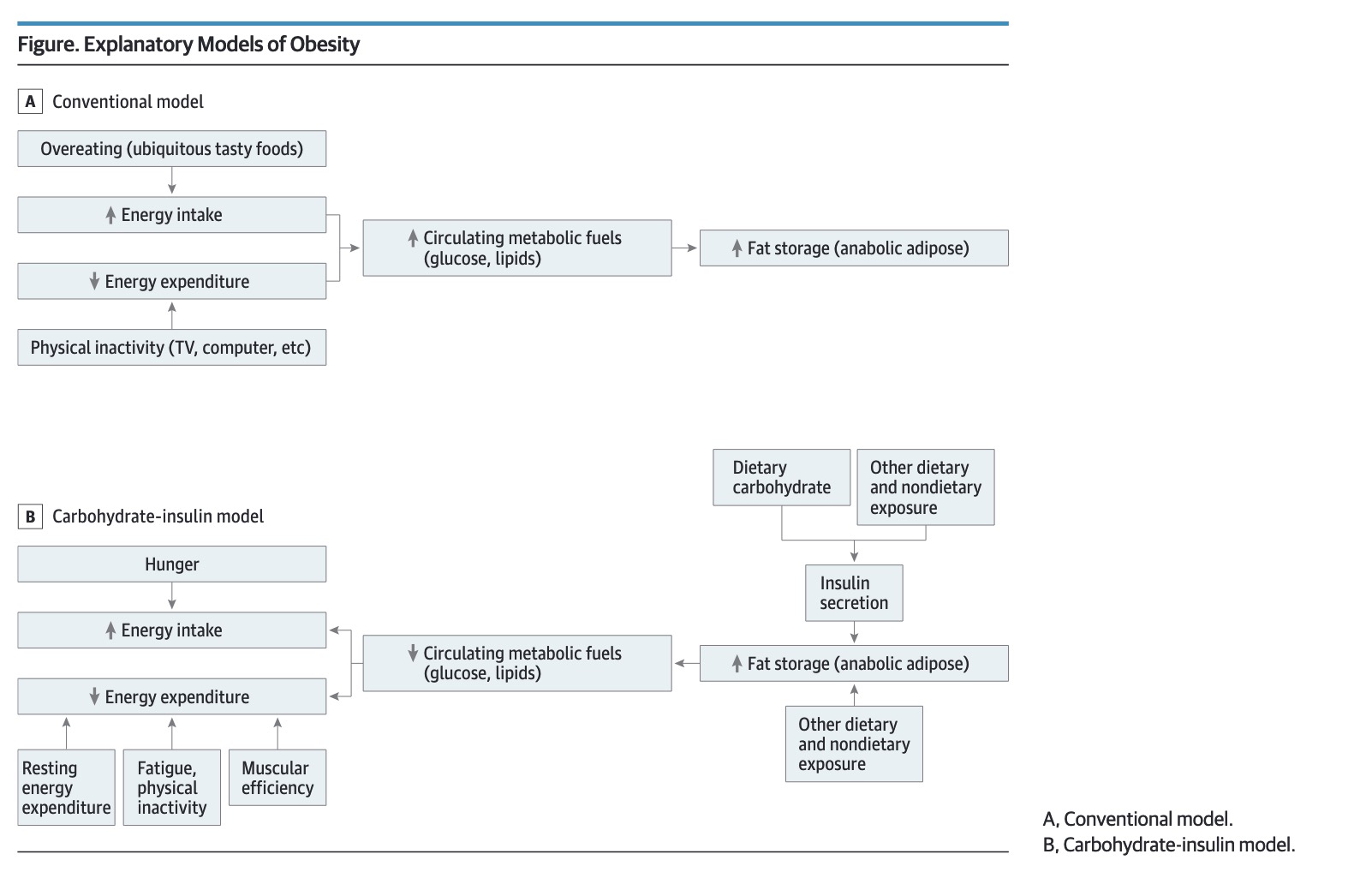https://youtu.be/99DbI7T7Om4
Adegbola T. Adesogan, PhD - University of Florida.
summerizer
Summary
The speaker delivers a comprehensive and passionate presentation on the critical role of livestock and animal-sourced foods in global nutrition, particularly in addressing undernutrition and hidden hunger worldwide. He contrasts the technologically advanced farming practices in the global north, where AI and cutting-edge machinery optimize production, with the traditional, labor-intensive methods seen in many parts of Africa, Asia, and South America. This stark difference underscores the challenges of global food security and nutrition.
The presentation highlights the dual burden of malnutrition—where undernutrition and obesity coexist—and stresses the devastating impact of micronutrient deficiencies, especially in children, which are often overlooked compared to calorie deficits. Animal-sourced foods are essential not only for protein but for critical micronutrients like zinc, iron, and vitamin B12, which are vital for cognitive development, immune function, and overall health. The speaker warns that the increasing trend toward plant-based diets, especially in the global north, risks replicating micronutrient deficiencies seen in developing countries if not carefully managed.
Using data from various countries, the speaker illustrates extremely low milk and animal product consumption in many developing regions, emphasizing the need to increase access and consumption to improve child development and cognitive outcomes. He presents strong evidence from studies showing that even small additions of animal foods like meat, milk, or eggs significantly boost cognitive performance in children and adults.
The talk also addresses cultural, economic, and policy barriers to animal food consumption, such as religious fasting, taboos, and the poor infrastructure of extension services in developing countries. The speaker advocates for sustainable intensification of animal production systems in the global south, supporting commercial producers, improving feed quality, and developing innovative partnerships rather than dumping subsidized products from the global north.
He shares success stories from intervention projects, such as breaking egg taboos in Burkina Faso and reducing livestock diseases in Nepal, illustrating the transformative potential of targeted, culturally sensitive programs. The speaker calls for a shift in mindset, urging researchers, policymakers, and industry stakeholders to prioritize nutrition-sensitive livestock development and to support private sector-led agricultural transformation in Africa and other regions.
Finally, he challenges the audience to consider their role in addressing global nutrition challenges through promoting animal-sourced foods as "brain superfoods" and tackling issues of affordability, sustainability, and cultural barriers to consumption. The overall message is a compelling call to balance innovation with traditional knowledge and to embrace animal-sourced foods as essential for nourishing a growing and increasingly urban global population.
Highlights
- 🌍 Stark contrast between high-tech livestock farming in the global north and traditional farming in the global south.
- 🥛 Critically low animal-sourced food consumption in many developing countries, especially milk and eggs.
- 🧠 Animal-sourced foods are “brain superfoods” essential for cognitive development, not just protein.
- ⚠️ Hidden hunger (micronutrient deficiency) kills 45% of children under five worldwide and impairs lifelong cognition.
- 🔄 Dual burden of malnutrition: coexistence of undernutrition and obesity globally, including in the US.
- 🌱 Rising plant-based diets risk replicating micronutrient deficiencies without proper supplementation.
- 🤝 Successful livestock interventions require culturally sensitive, sustainable intensification and private sector support.
Key Insights
-
🧬 Animal-sourced foods provide critical micronutrients beyond protein, crucial for brain development and lifelong health: The speaker emphasizes that animal foods are more than just protein sources; they deliver highly bioavailable iron, zinc, vitamin B12, and other micronutrients that plants cannot adequately supply. Deficiencies in these nutrients cause stunting, cognitive impairment, and increased disease risk. This insight challenges the narrow focus on protein and highlights the broader nutritional value of animal foods.
-
📉 Under-nutrition and hidden hunger remain significant global challenges despite progress, affecting economic growth: Although stunting and wasting rates have declined, micronutrient deficiencies persist as a preventable tragedy that costs countries up to 7-10% of GDP due to impaired workforce productivity. This underscores the urgent need for nutrition-sensitive agricultural policies that prioritize micronutrient-rich animal foods.
-
🏞️ Technological advancements like AI and precision agriculture dominate livestock production in wealthy countries, but smallholder farmers in the global south face major barriers: The stark difference in farming methods highlights inequities in resource access and infrastructure. Bridging this gap is critical to improving global nutrition but requires appropriate technologies adapted to local conditions rather than simply importing genetics or equipment unsuited to the environment.
-
🥚 Cultural beliefs and practices significantly limit animal food consumption, requiring culturally tailored solutions: In places like Ethiopia and Burkina Faso, taboos and religious fasting reduce intake of animal products, even when these foods could improve child nutrition. Successful interventions must engage communities to break taboos and promote beneficial practices, as demonstrated by increased egg consumption after targeted education.
-
🐄 Sustainable intensification focusing on feed quality and production efficiency is key to reducing environmental impact while meeting rising demand: Improving forage digestibility and increasing milk production per cow rather than expanding herd size can reduce methane emissions and environmental footprint. This balanced approach supports both productivity and sustainability goals.
-
💡 Private sector involvement and local entrepreneurship are crucial drivers for agricultural transformation in Africa and other regions: The speaker stresses the importance of moving away from government dependency towards a “pull yourself up by your bootstraps” mentality. Supporting commercial producers with proven interventions and fostering market development will enable more scalable and lasting improvements.
-
🚸 There is a critical need for improved extension services and community engagement to translate research into practice: Despite decades of research, adoption rates of improved farming practices remain extremely low in many countries due to poor extension. Universities and research institutions must prioritize impact and community involvement over just publishing papers to drive real change.
Conclusion
The presentation provides a compelling, evidence-based argument for the indispensable role of animal-sourced foods in global nutrition, cognitive development, and economic well-being. It highlights the complex interplay of technology, culture, policy, and sustainability challenges in transforming livestock systems, particularly in the global south. The speaker’s call to action emphasizes collaboration, innovation, and culturally appropriate solutions to ensure that animal foods remain accessible and affordable for vulnerable populations worldwide. The framing of animal foods as “brain superfoods” reframes the conversation around nutrition and urges the global community to rethink current trends away from animal products to avoid repeating the mistakes seen in undernourished regions.



This is going to be the new DDR level called the ' Cardiac Arrest '